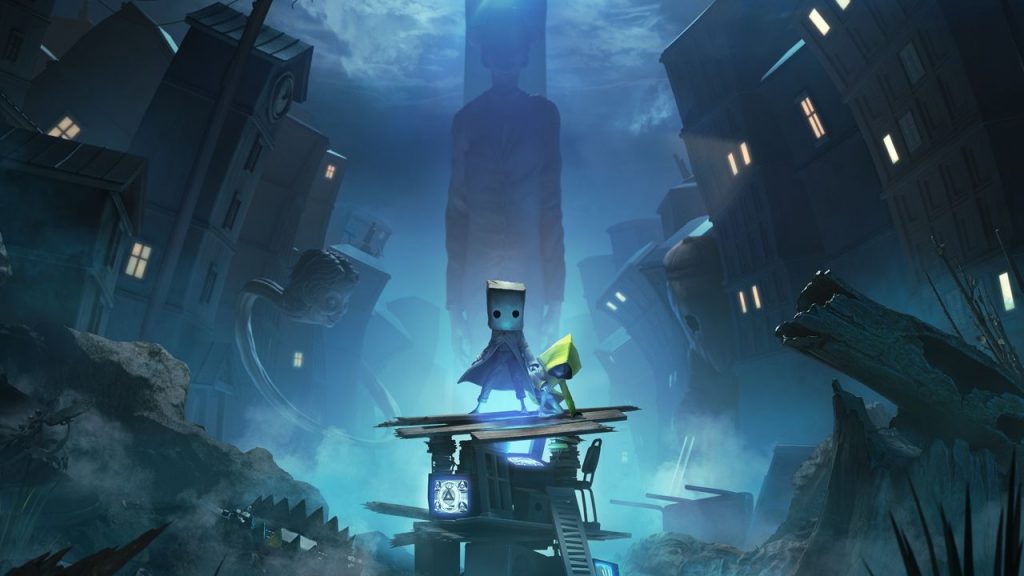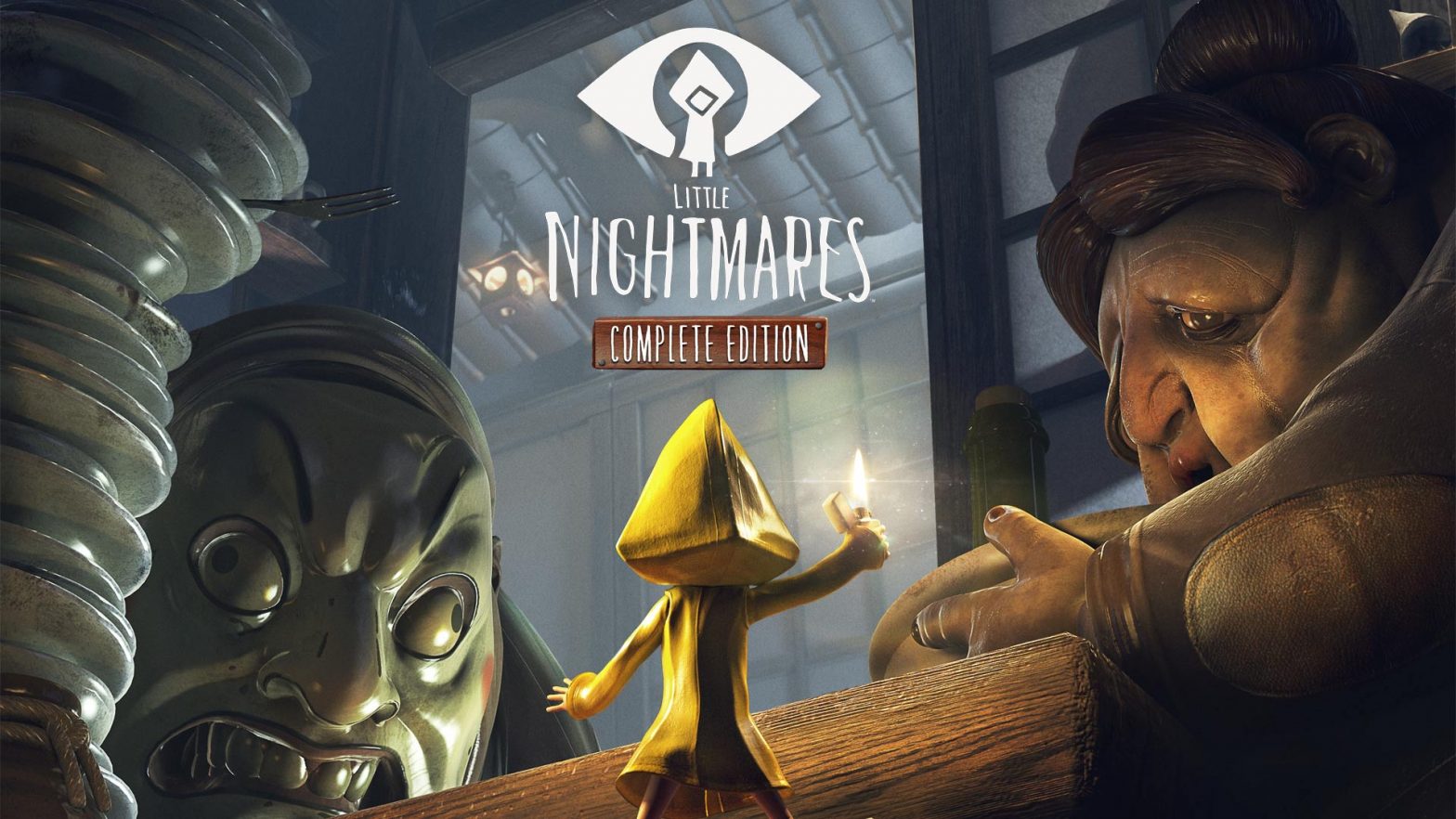Disappointment. Regret. Anger. We have all experienced these feelings at one moment or another. A flashy trailer or the promise of something new captures our imagination and blinds our senses. We spend countless nights in anticipation of this new exciting experience. We all think our lives will be so much better once we get our hands on this tantalizing adventure. The day finally comes and the thrill of false promises nearly consumes us. However, the truth soon comes crashing down on you like shattering glass. This was not what you were promised. This is not how you imagined it. How could this be? We have all felt the sting of disappointment in our lives. Those who enjoy the art of gaming are certainly no stranger to it. I, the Video Game Doomsayer, have certainly walked through many of these lacking worlds like a shadow drifting through empty streets. I have almost become accustomed to these hallowed journeys. My hunger for perfection leaves me perpetually unsatisfied. No other has left me hungry for more than the 2017 indie title, Little Nightmares.
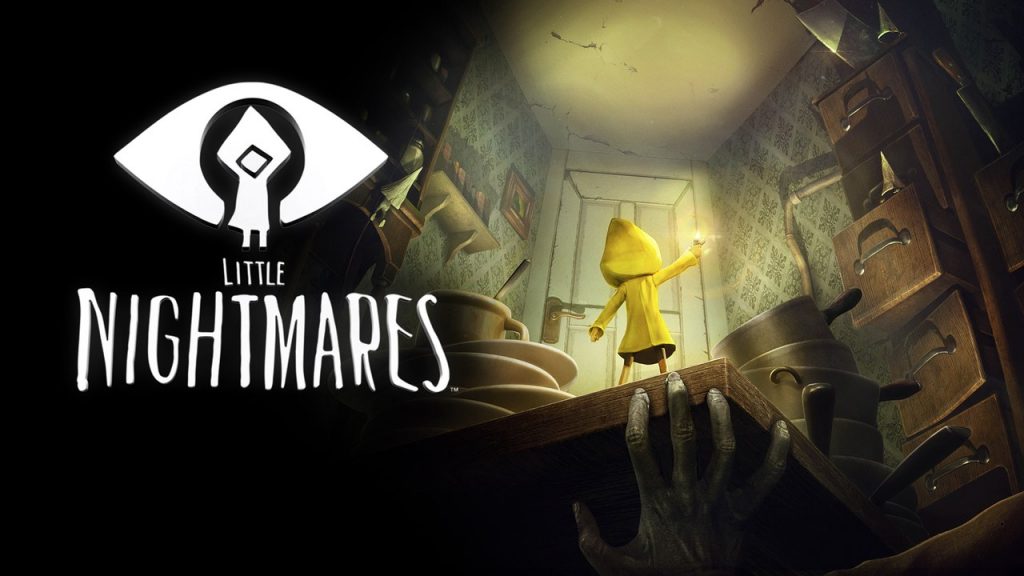
I always attempt to not let trailers sway my excitement for a game. The industry has trained me to take all trailers, even the ones with gameplay, with a grain of salt. However, something about the claymation artistry of Little Nightmares called to me like a seductive siren. The lost little girl in her yellow raincoat transposed against a grungy ship completely arrested my imagination. Who was this girl? How did she get there? What horrors await in this world? The trailer was keen to show me some of those horrors in the form of a monstrous lumbering chef clumsily swinging a knife at our protagonist. At that moment, I had to know more about Little Nightmares.
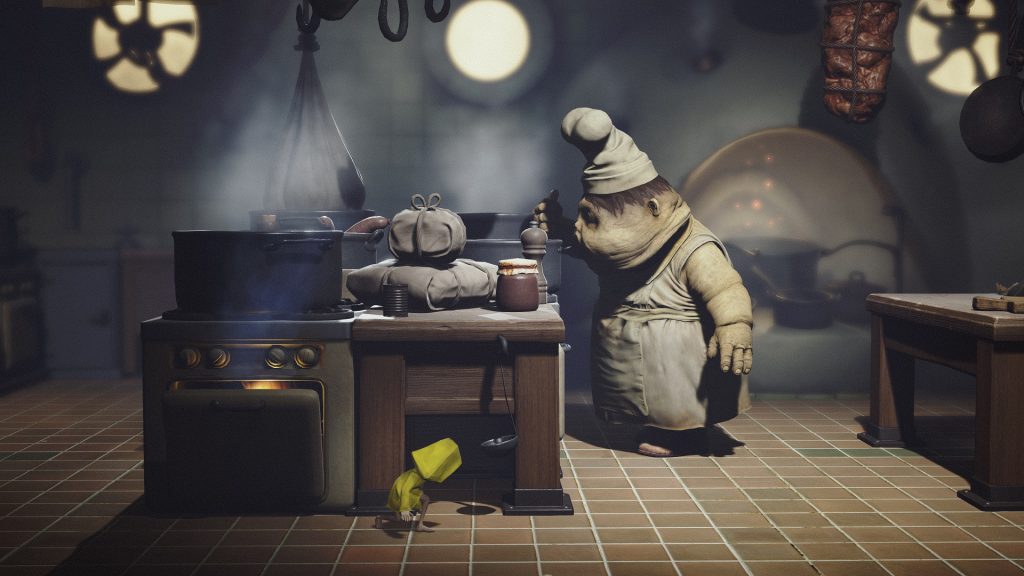
The story of Little Nightmares is yellow-coated protagonist Six, awake aboard the Maw and must escape before the horror aboard the ship can find her. At least that’s what I learned from consulting the Little Nightmares wiki. Now I could easily tell the dark dreary hull of this massive ship was not someplace I wanted to be. However, at no point did anyone refer to the character of Six or the Maw by name. I am not going to stand before all of you and dictate how a story is told, but it doesn’t feel right that I need to pursue outside material to learn this information, especially when there is so much environmental storytelling incorporated. As I traveled from the dark underbelly to the bloody kitchen to the furnished dining area, I was able to piece together the function of the maw. It would have been great to carry over this same method of storytelling by maybe having Six escape a cell marked with the number six. Considering we do pass numbered cells, it feels like a missed opportunity.
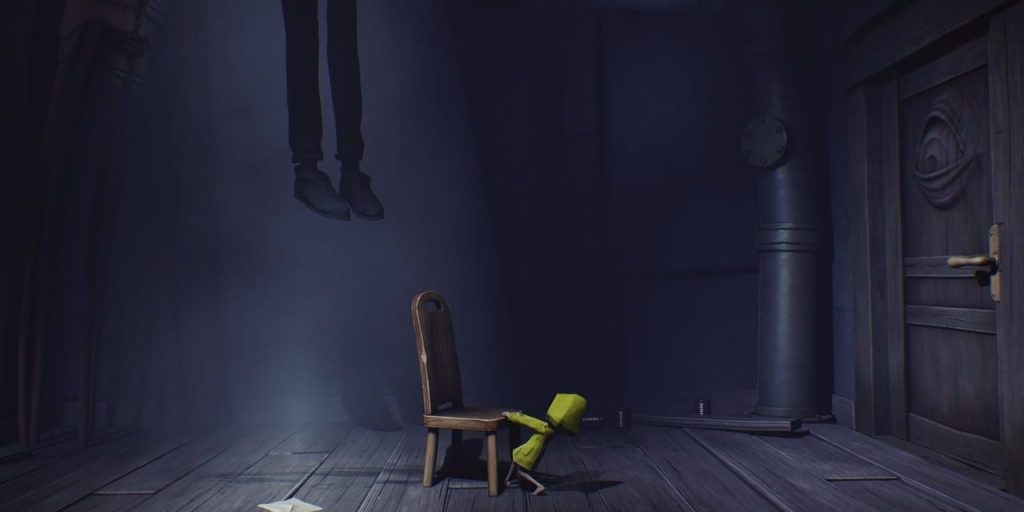
Now, this old Doomsayer is no stranger to inconsistency in the presentation of the story within gaming. I have learned to look the other way when compelling gameplay is on display. Unfortunately, I frequently found the gameplay of Little Nightmares to be a deal-breaker. Little Nightmares is a puzzle platformer with its closest comparison being Limbo. You must navigate Six through the Maw by platforming over-large environments like Jack running through the Giant’s house at the top of the beanstalk. Unfortunately, navigating this terrifying world becomes infuriating as you realize Little Nightmares works in three-dimensional space. Limbo works in a two-dimensional space allowing players to move left, right and jump. Little Nightmares, on the other hand, allows additional moves towards and away from your screen, adding an additional direction to get lost in. This feature becomes a hindrance when trying to platform around the many obstacles in the Maw. Anyone who was around during the three-dimensional era of platformers like Crash Bandicoot can tell you just how frustrating falling off to the side of a platform can be. With Little Nightmare’s dark spooky lighting, I found myself experiencing many deaths as I attempted to jump towards a platform, only to fall to the side.
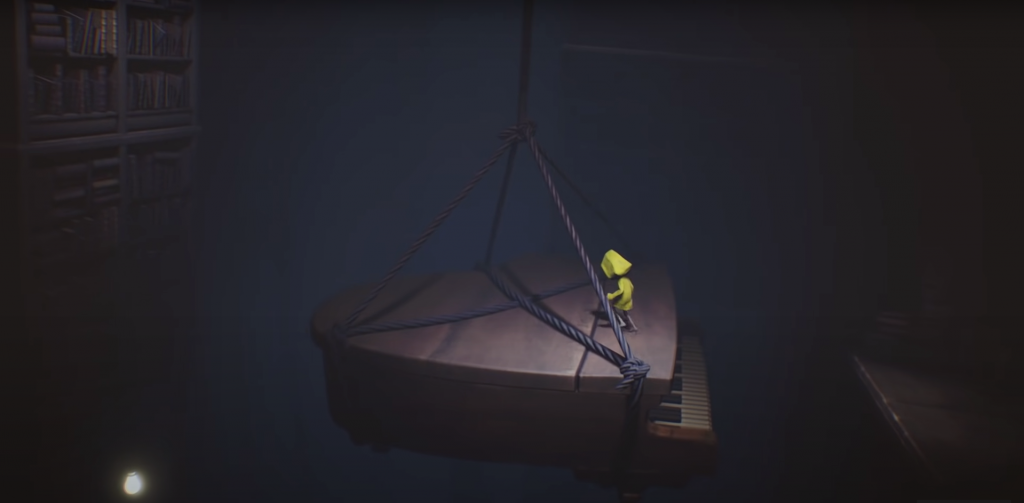
Many of my other deaths were due to the trial and error gameplay that plagues Little Nightmares. Upon a recent return to the title, I reached the game’s first boss fight versus the Janitor. His stocky stature seems less horrifying until you see the long arms that stem from blocky shoulders. He gives chase and is able to trap you in an elevator. However, the door to the elevator has only partly shut and the monstrosity is trying to reach for you with his arms. Having defeated him in the past, I knew I had to pull out the cage that was holding up the door, causing the door to cut off the Janitor’s arms. As I attempted this feat, the Janitor was able to grab me numerous times. I tried to cipher a pattern to Janitor’s arms but was unable to. After numerous attempts, I was able to defeat the Janitor, not with skill, but with luck. At that moment, Little Nightmare did not evoke terror, but frustration.
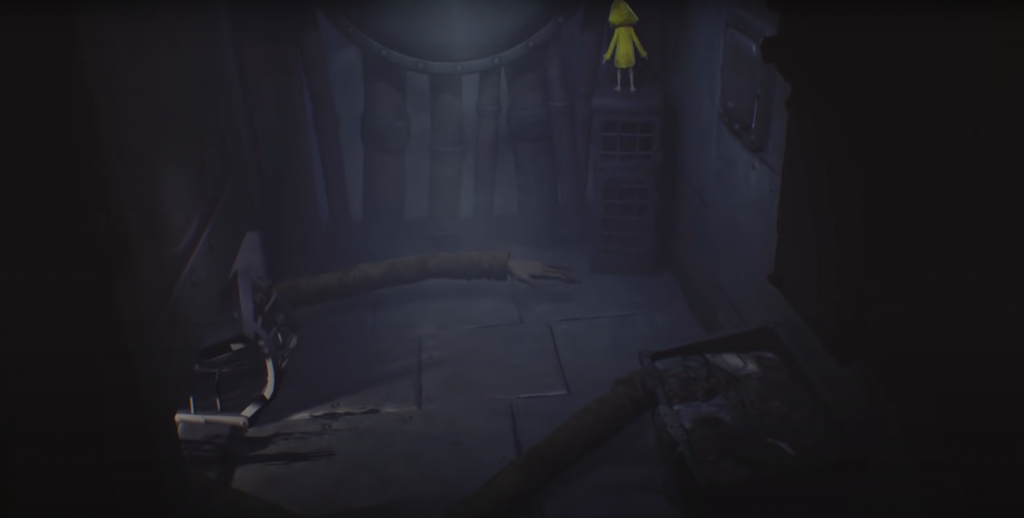
All of this trial and error gameplay does nothing but poison the eerie imagery Little Nightmare evokes. Horror games frequently walk a fine line between terrifying a player and becoming controller-snapping frustrating. You obviously want to give players enough of a challenge to feel threatened and scared. However, terror is absent from the familiar. A monster that jumps out of your closet becomes annoying when he’s done it twenty times. If a player has to replay a section over and over, the fear from a malformed chef washes away. Considering how often the disorienting platforming and trial and error play style forced me to replay parts of the game, my fear quickly faded into contempt. For a game about avoiding monstrous chefs with knives, Little Nightmares fails to balance itself on the knife’s edge of horror.
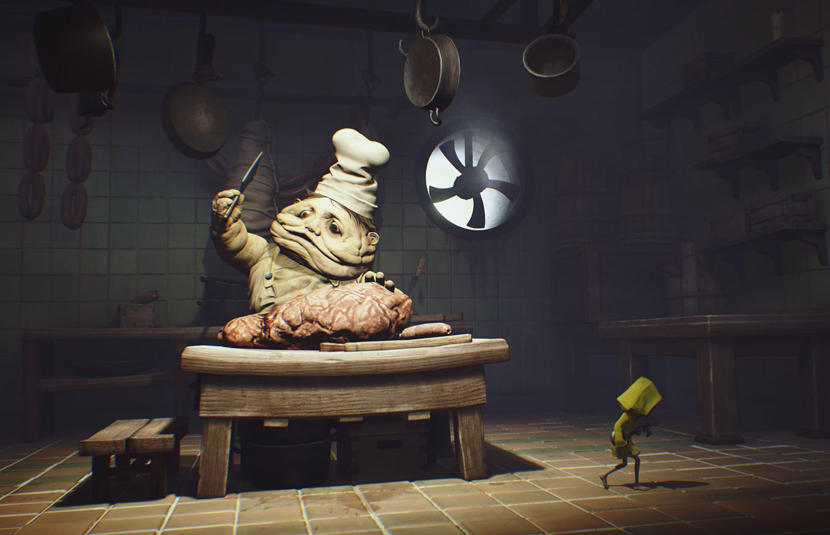
Lastly, I wish to discuss the ending of Little Nightmare. Naturally, I will avoid spoilers for those who wish to experience the game firsthand. Imagine you’re watching the sci-fi movie Aliens. The alien queen has Newt cornered ready to consume her. Rather than having Ripley emerge in the power loader, she emerges brandishing a lightsaber and using the force to subdue the queen. This out-of-left-field turn was exactly how I felt witnessing the ending to Little Nightmares. Already frustrated with the gameplay, the ending of Little Nightmares made me walk away with a sour taste in my mouth.
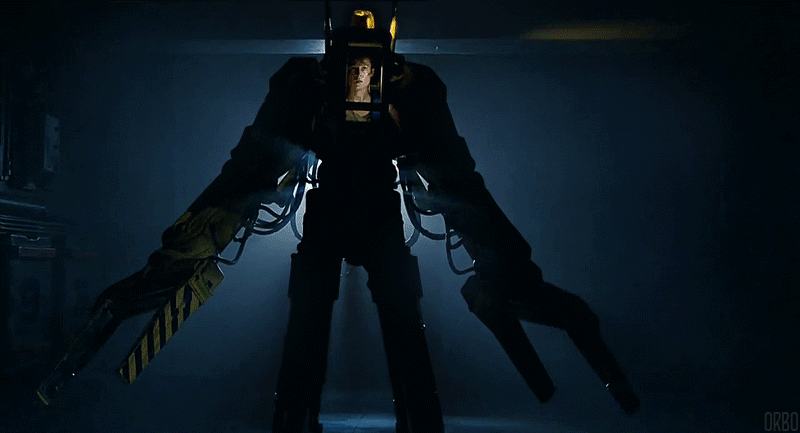
My loyal followers, I know you all have experienced a similar tale of sorrow and woe. As I stand before you, I must proclaim that I do not hate Little Nightmares. The game certainly has some meat on its bones with its eerie stomach-turning characters. I will never forget trying to quietly sneak past the grotesque chef as hacks away at a giant piece of meat with his butcher’s cleaver. I merely believed Little Nightmares needed more time in the over and additional seasoning in order to achieve perfection. I would hope the studio can learn from Little Nightmares and create a sequel with none of the trial and error gameplay that undermines the terror. However, that’s a tale for a different time.
